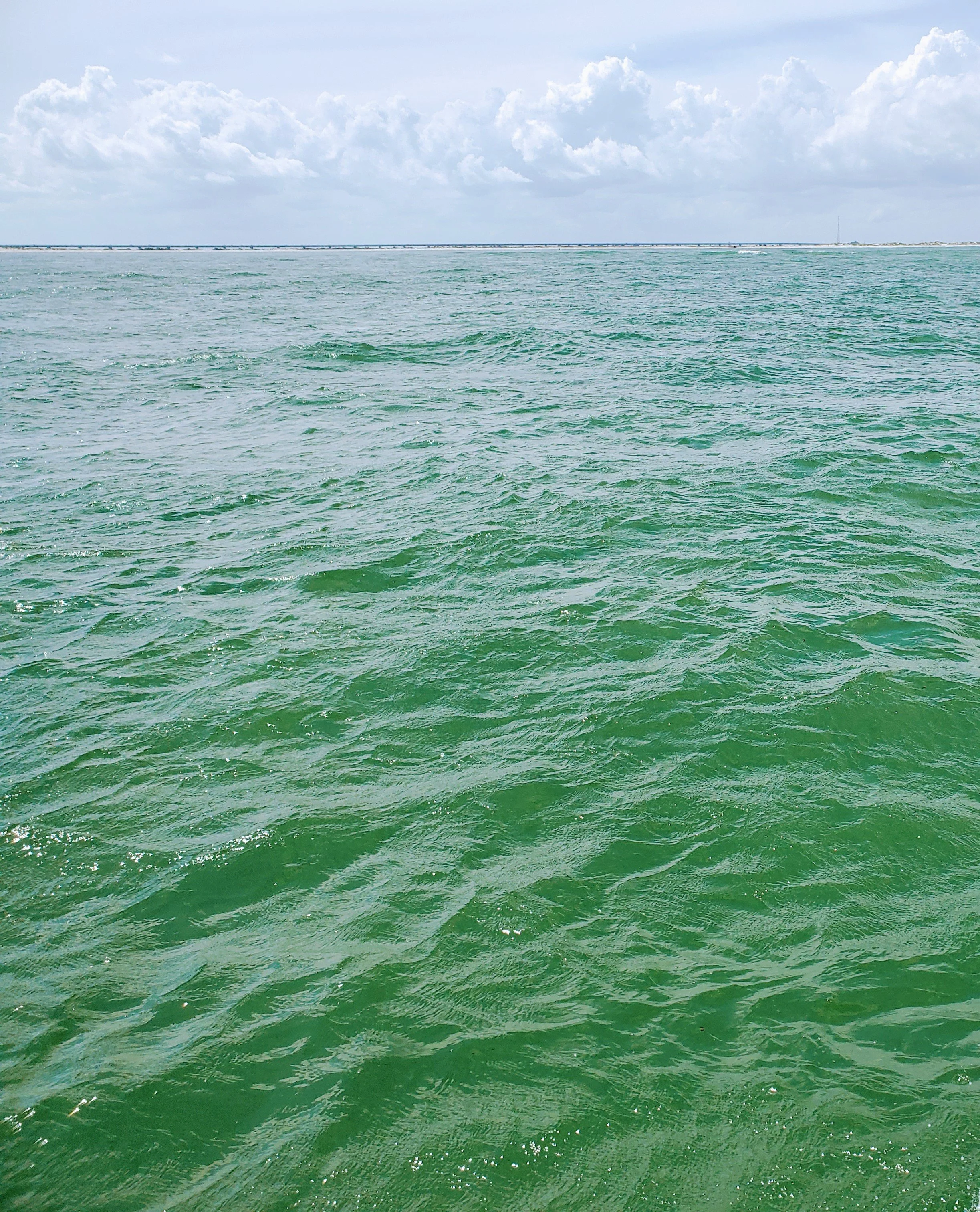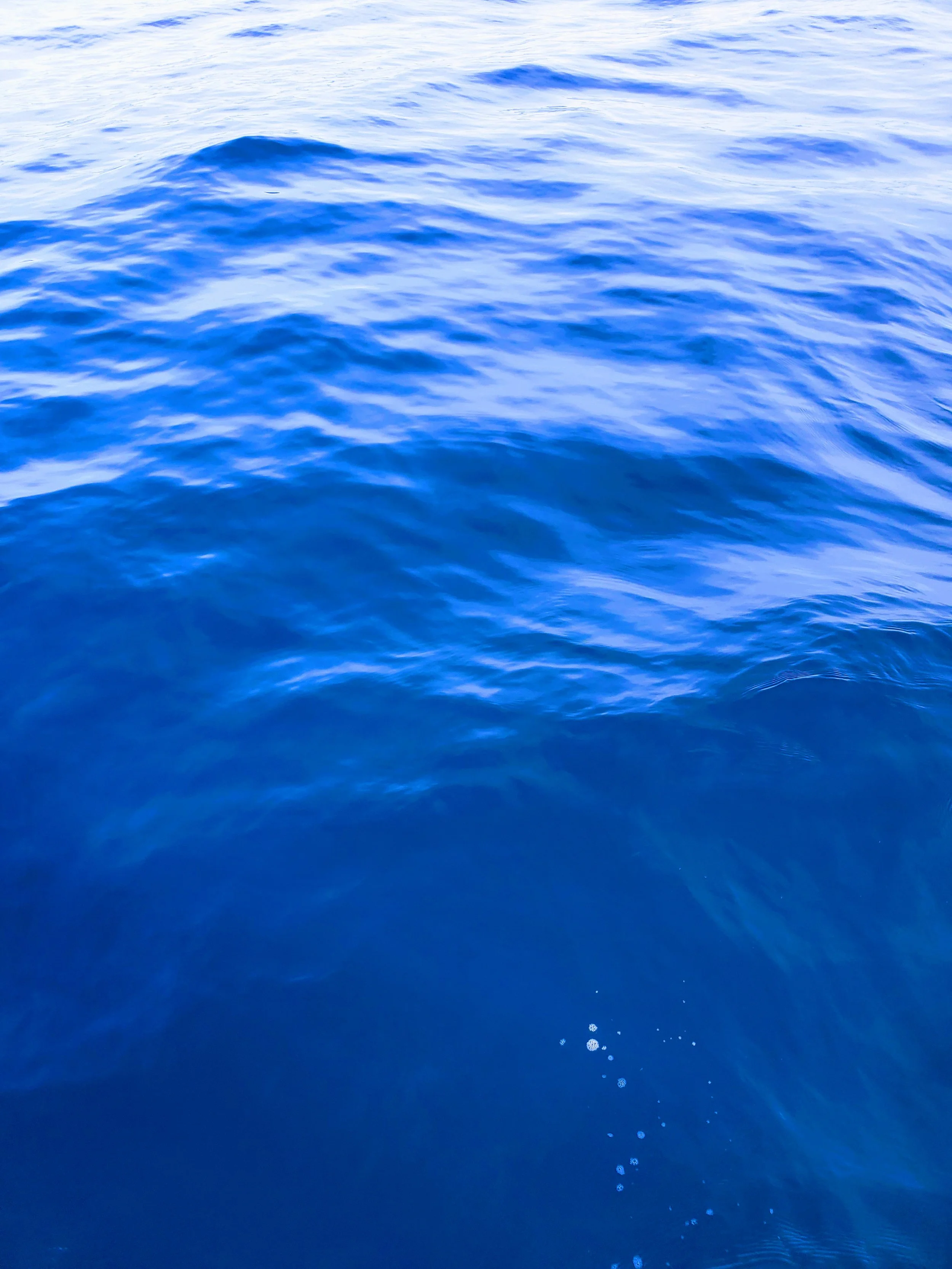PURE PELAGIC
Not all salt is created equally
The salt industry is rife with spin team marketing tactics, so don’t feel bad if it’s hard to figure out what “quality” means for salt. Even the biggest companies that ship to you in a smiling box claim to be purveyors of the finest salts. In reality, they mislead and mislabel to sell products that sound cool.
Did you know that black “Lava Salt” is just table salt with activated charcoal? Or that most “smoked” sea salts never meet a single piece of wood? Don’t get us started on the pink Himalayan salt, which is actually mined in Khewra, Pakistan hundreds of miles from where the foothills of that great mountain range begin.
So how do you know what the heck you’re getting? Common sense says that any company producing hundreds of tons of salt per annum is more focused on quantity than quality. That's why we recommend making the switch from commercially mined salt to artisan, small-batch sea salt. But not all artisan sea salts are created equally.
Pelagic Salt v “Beach” Salt
Whether artisan or commercial, the same basic formula applies to all sea salt:
Water + Sun + Wind + Time = Salt.
All factors affect the rate of crystallization, but only water affects the quality and taste. Other artisan salt companies claim to use the highest quality seawater despite drawing their water straight from the surf. This might make sense to someone who is comparing their favorite beach to the Hudson River. But when you’ve spent as much time fishing and diving inshore and offshore waters as we have, it physically pains you to hear beach water represented as the “highest quality.”
Seawater at the beach is a mixture of inshore water (Pamlico Sound, Chesapeake Bay, etc.) and offshore water (Gulf Stream or Labrador Current). That’s why the water clarity can vary so much on a beach trip. The more offshore water that is mixed in, the prettier it gets. Multiple days of East wind pushes the clear water closer to shore. Conversely, West wind and rain can lead to beach closures over health risks from fecal coliform (sewage).
Other sea salt companies can claim to have marginally more offshore water than others based on their location, but at the end of the day they are “beach” salt. Only Blue Marlin Sea Salt uses 100% seawater harvested directly from the Gulf Stream. That’s what makes our salt Pure Pelagic.
We could explain until we’re blue in the face, so why don’t we just show you?
Their Water
This photo is generous, being almost a mile from shore at Oregon Inlet. And we’re not knocking it. Some of our favorite memories are diving buoys and bridges in this murky green water for cobia, sheepshead, and spadefish. But with an average visibility of 4-12 ft and LOTS of suspended particles, we wouldn’t recommend using it to clean out a wound.
Our Water
Any questions?
Sure it looks prettier, but is pelagic water really that special?
Seawater in the pelagic zone is clearer, warmer, and more saline than its inshore counterpart. Pelagic fish species typically cannot live in murky inshore waters. We source our water from the Gulf Stream, one of the world’s most prolific pelagic currents in terms of bio-density. Mahi-mahi, wahoo, yellowfin tuna, and of course billfish like the blue marlin are all concentrated in this special current. From the Florida Keys to the Grand Banks, it supports some of the best fishing grounds in the world. Comparing the Gulf Stream to beach water is like comparing Yellowstone National Park to Central Park - there's no contest.
The pictures above give you just a hint of what bluewater is like. Only in person can you truly appreciate the Gulf Stream and understand why we so emphatically oppose the notion that beach water is "highest quality". When you’re in the heart of the Stream, rays of light dance hundreds of feet down like a giant sapphire. This gemstone effect is even more pronounced on a slick-calm day. Even Hemingway struggled to put the sight into words. In Islands In The Stream, his protagonist lamented that cocktails only ever looked like beach or fresh water:
“I wish they had a drink the color of sea water when you have a depth of eight hundred fathoms and there is a dead calm with the sun straight up and the sea full of plankton.”
Don’t get us wrong… we love the beach and we’d recommend beach salt over anything mined. But when you've seen the heart of the Gulf Stream, its color, and the ecosystem it supports, you won't lightly suffer it to play second fiddle. And with the going rate for artisan sea salt at $100/lb, we bet you’ll care about this too. So if you really want the best of the best, then choose Blue Marlin Sea Salt for quality that’s Pure Pelagic.



